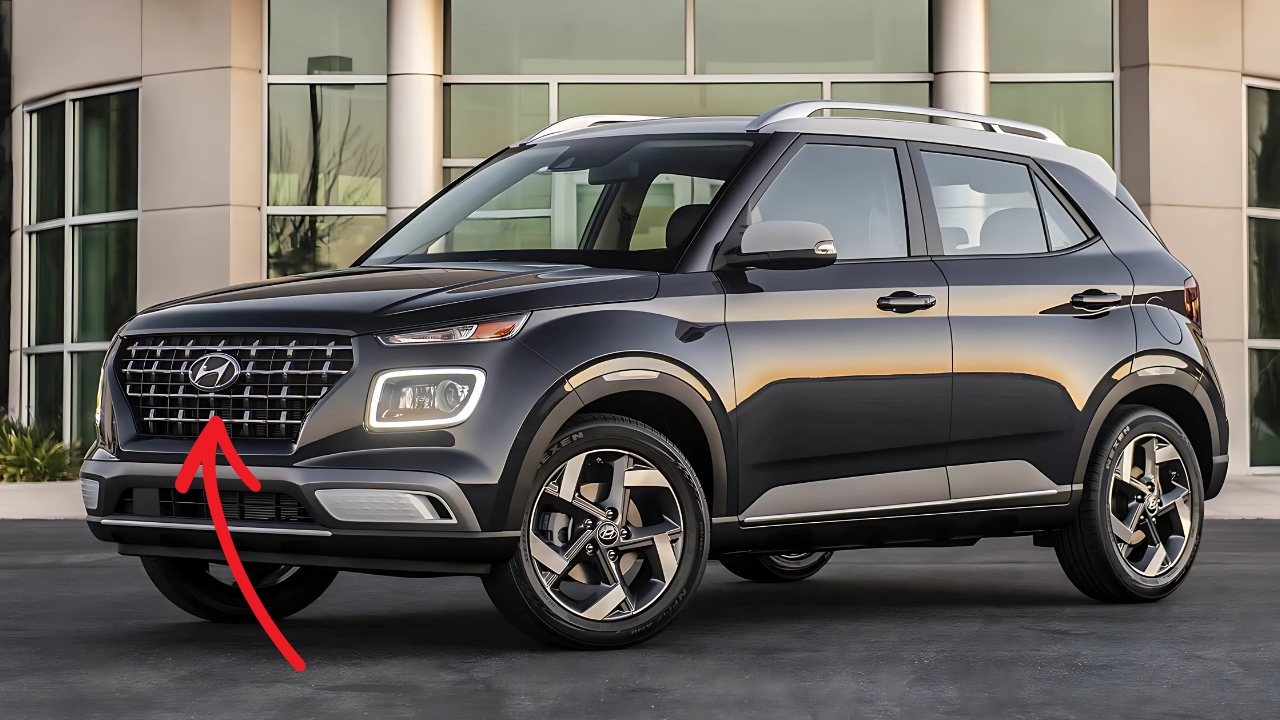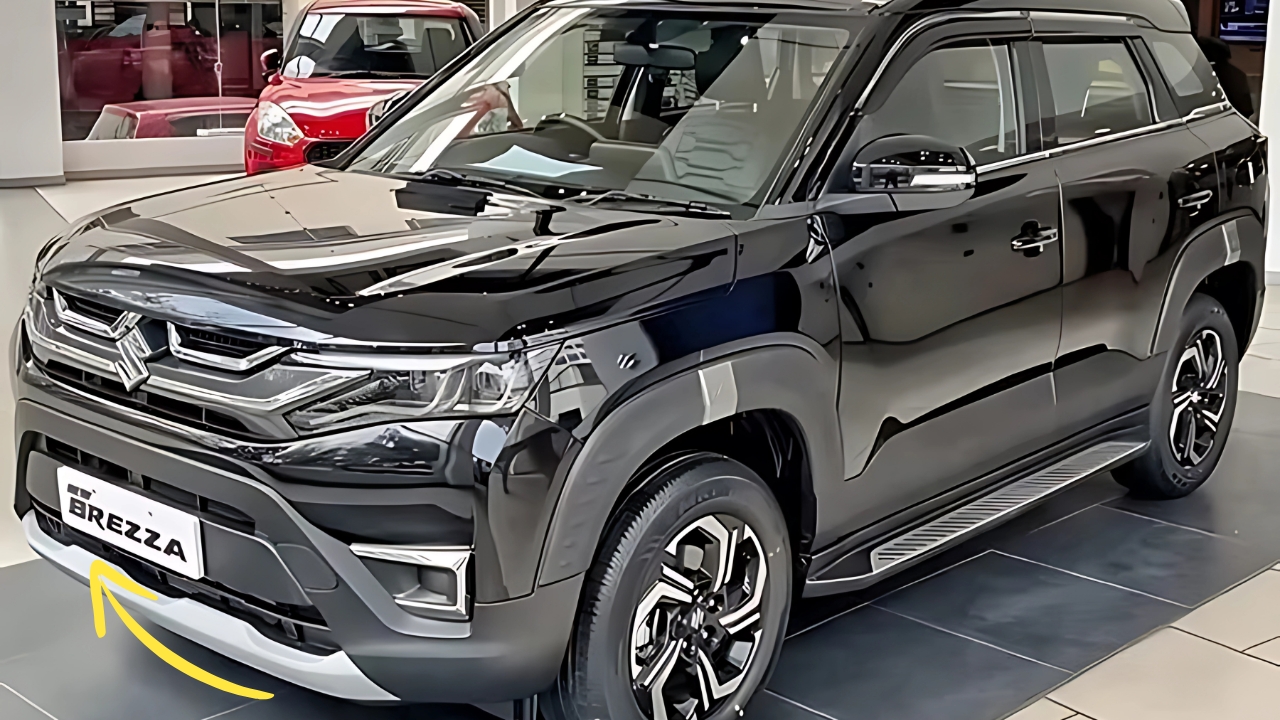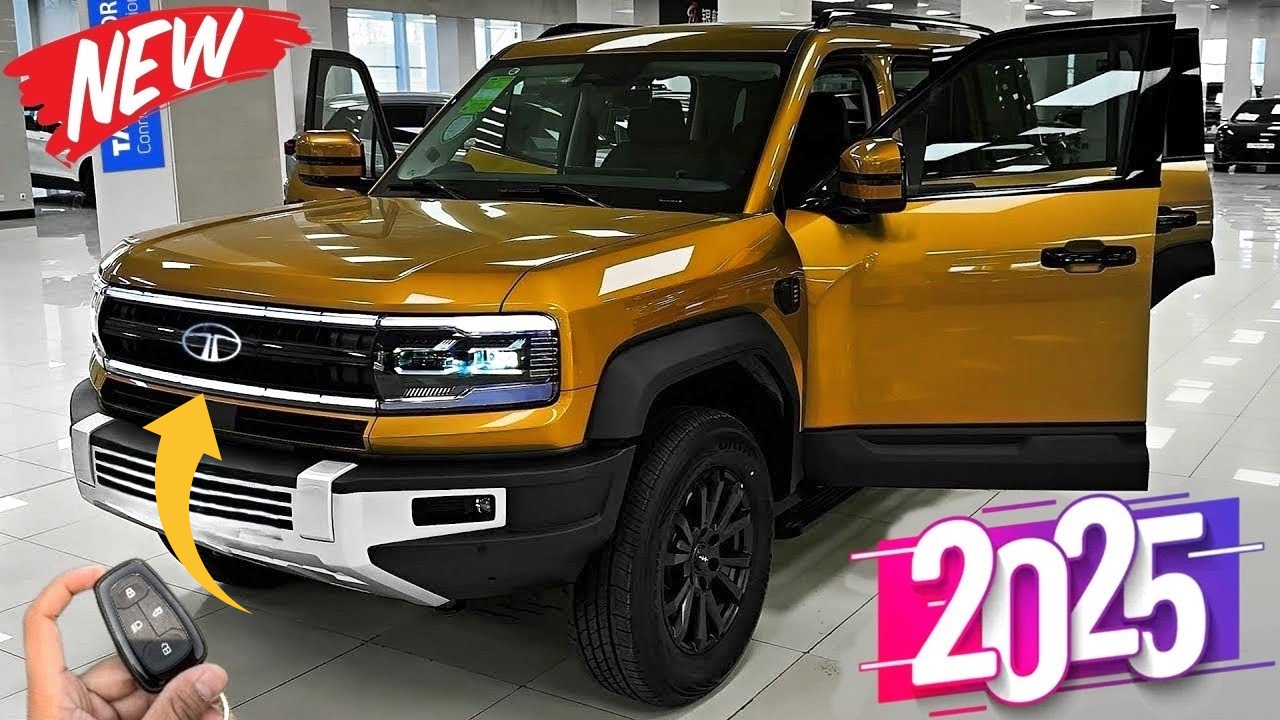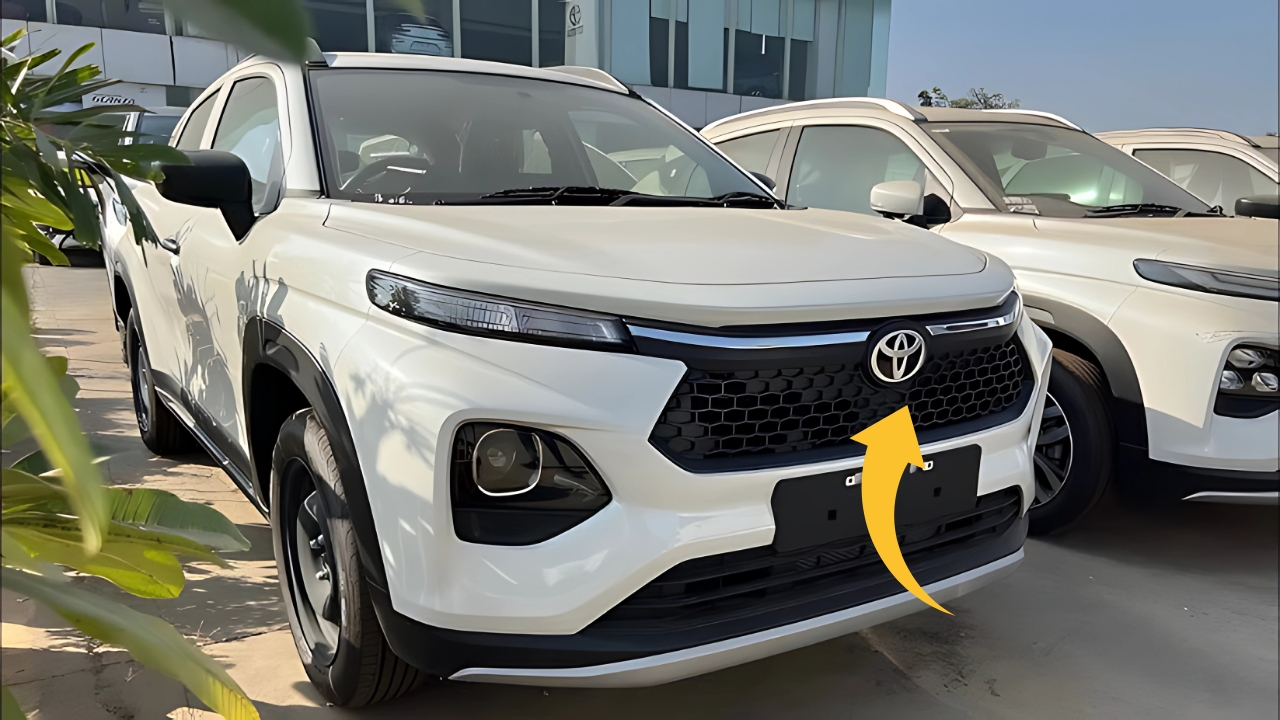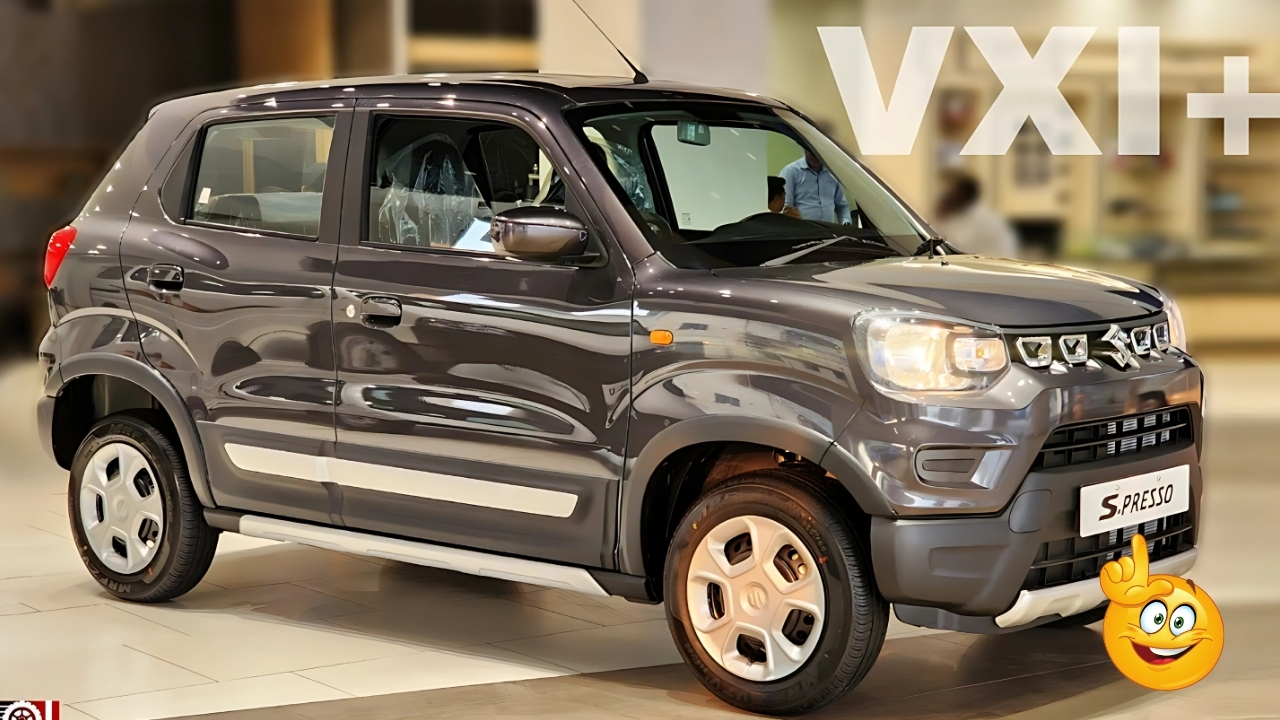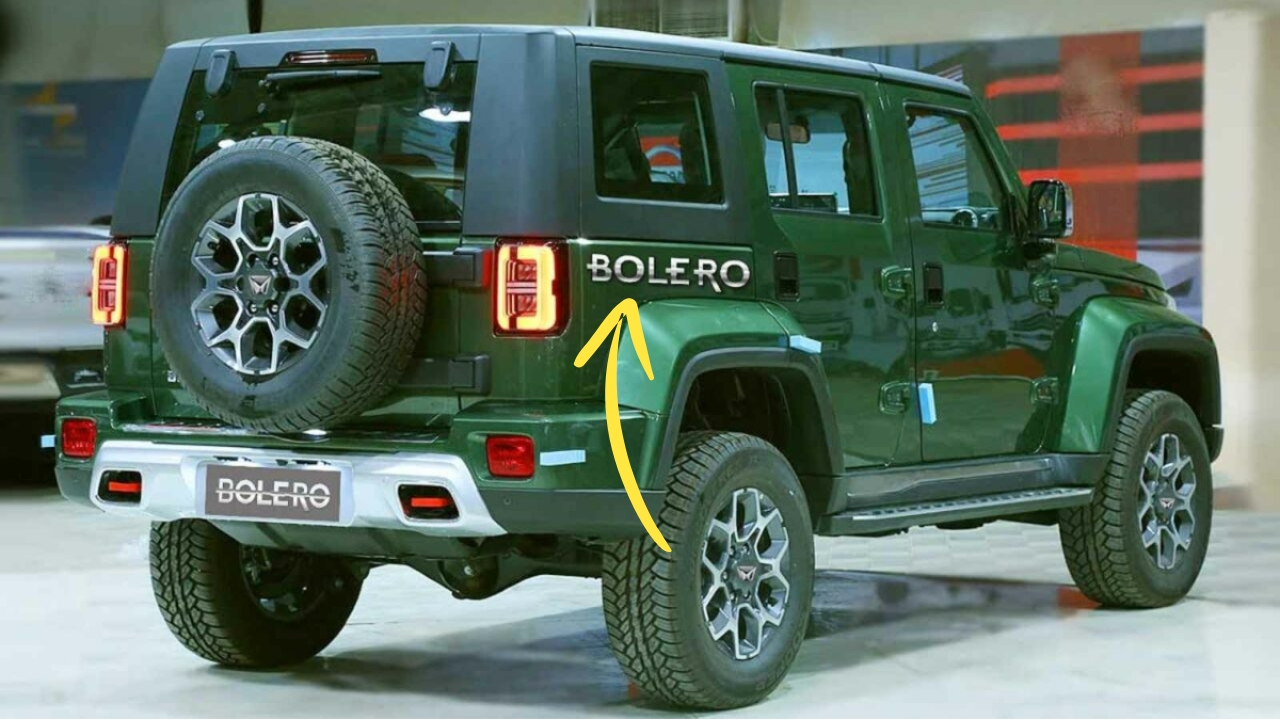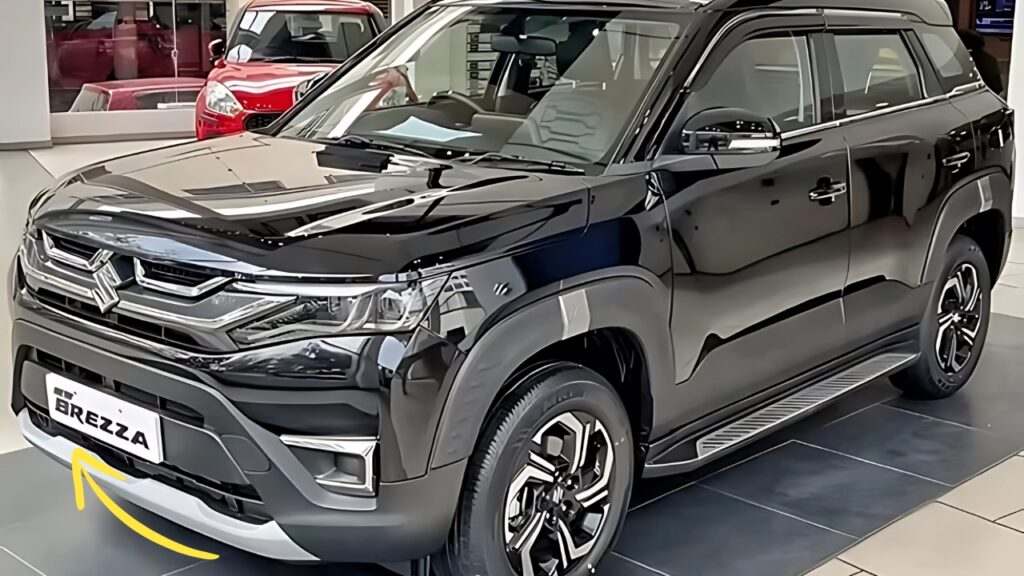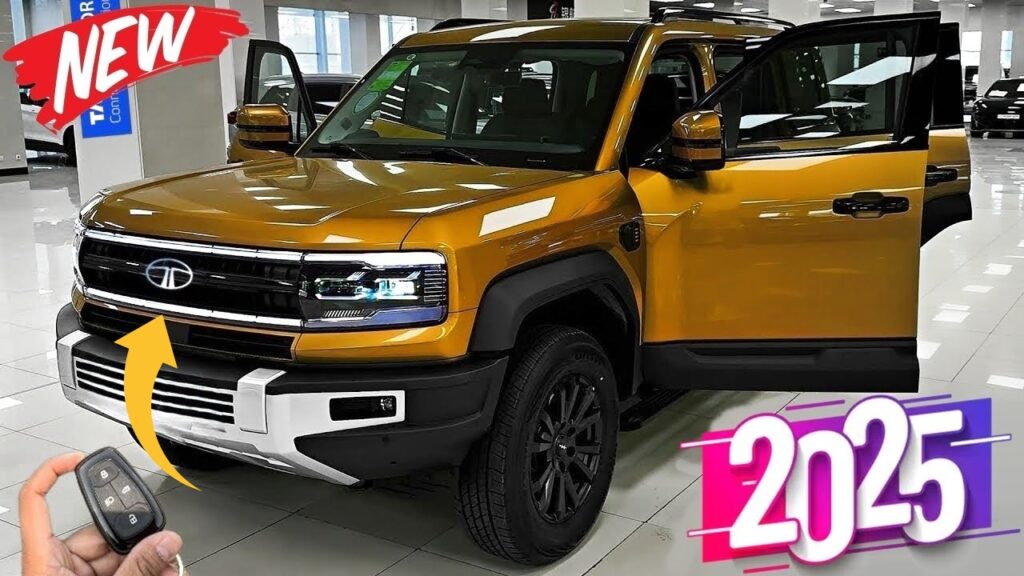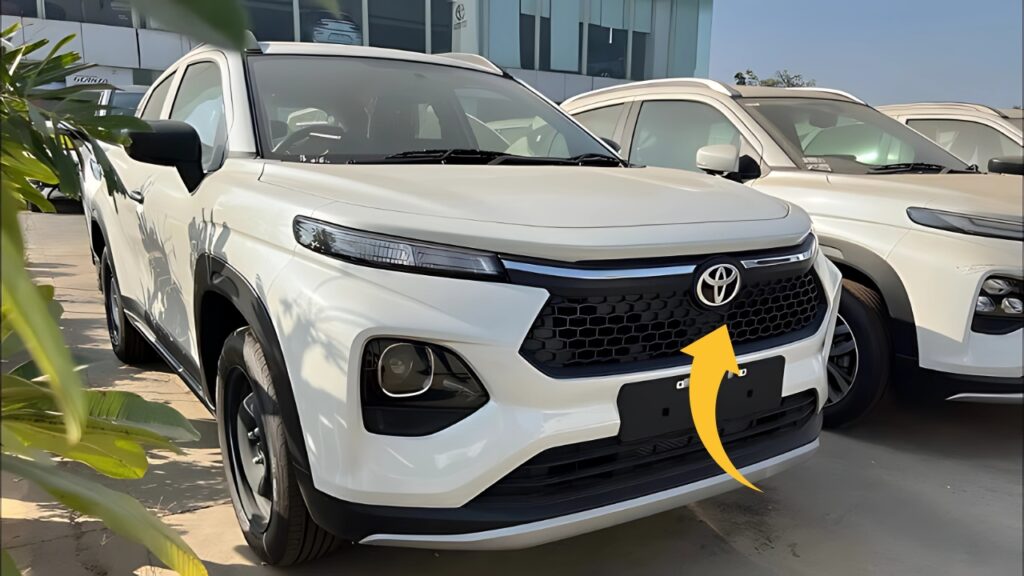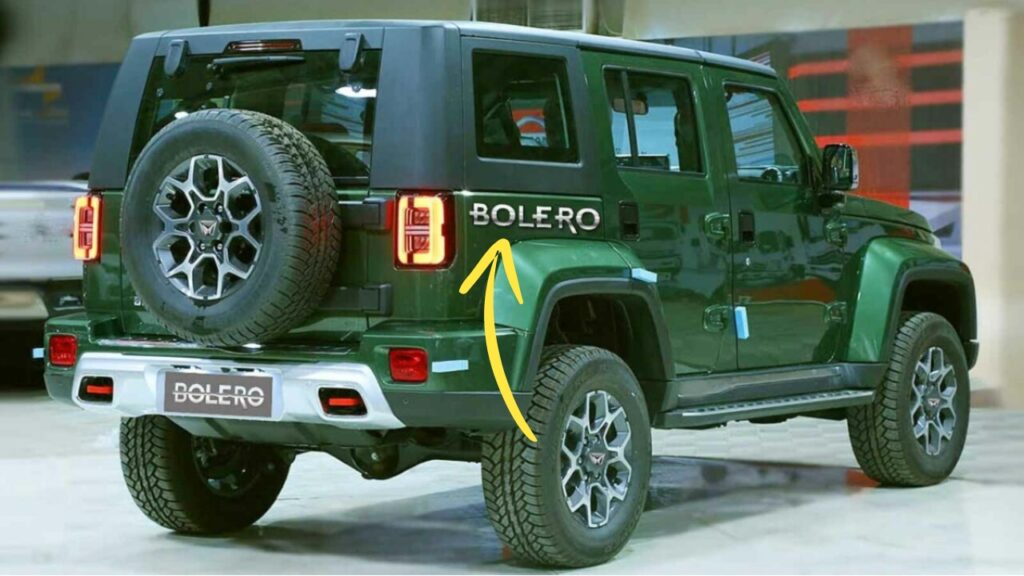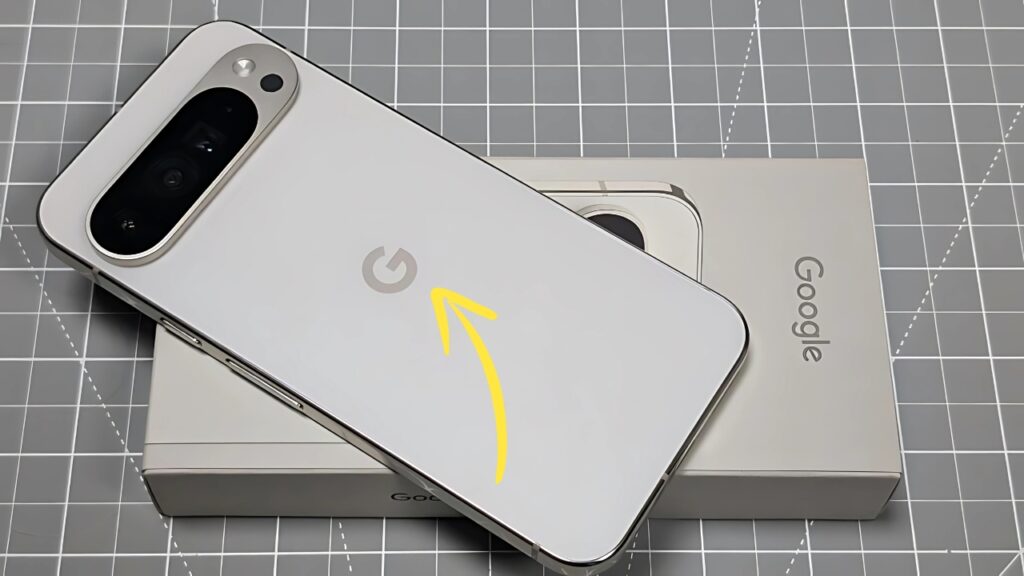Hyundai Venue: In the increasingly crowded sub-compact SUV segment, standing out requires more than just an elevated driving position and rugged styling cues.
The Hyundai Venue entered this competitive arena in 2019, and since then has carved out a significant market share through a combination of thoughtful design, feature-rich packaging, and value positioning.
After spending two weeks with the latest iteration across varied driving conditions—from congested urban commutes to weekend highway escapes—I’ve developed a nuanced understanding of this vehicle’s strengths and limitations that goes beyond the brochure specifications.
Hyundai Venue: Design: Urban Sophistication with Character
The first thing that strikes you about the Venue is how Hyundai has managed to create a cohesive, distinctive design despite the vehicle’s compact footprint.
At 3,995mm in length, it maximizes the tax benefits available to sub-4-meter vehicles in India without looking awkwardly proportioned—a challenge that has confounded some competitors.
The front fascia features Hyundai’s signature cascading grille, now updated with a more expansive, squared-off design that lends the vehicle a wider stance than its dimensions might suggest.
The split headlamp setup—with LED daytime running lights positioned above and the main headlamp clusters below—has become something of a Hyundai SUV trademark, though on the Venue, the execution feels more cohesive than on some larger siblings.
In profile, the Venue doesn’t try to hide its compact dimensions with excessive body cladding or overly aggressive wheel arches.
Instead, it embraces its urban-focused character with clean lines and subtle creases. The 16-inch diamond-cut alloy wheels on higher trims fill the arches nicely without appearing oversized.
The rear continues the squared-off theme with distinctive cube-shaped taillamps connected by a light bar on higher variants.
This lighting signature gives the Venue a recognizable presence on the road, especially at night. The bumper incorporates silver accents that mimic skid plates, adding a touch of SUV ruggedness without veering into parody.
Color choices play a significant role in how the Venue presents itself. While conservative options like Typhoon Silver and Titan Grey mute the design elements, bolder choices like Fiery Red and the dual-tone Denim Blue with white roof highlight the vehicle’s youthful character.
My test unit came in Denim Blue with a white roof, which garnered frequent compliments during my time with it.
Interior: Punching Above Its Weight Class
Step inside the Venue, and the first impression is of a cabin that belongs in a more expensive vehicle. Material quality throughout the interior exceeds expectations for this price point, with soft-touch materials at key contact points and convincing faux leather on the seats and steering wheel.
The dashboard layout prioritizes functionality without sacrificing style. The 8-inch touchscreen infotainment system is positioned high for easy visibility, flanked by physical shortcut buttons that provide tactile feedback missing from completely touch-dependent interfaces.
Climate controls remain separate physical dials and buttons—a practical choice that makes adjustments possible without taking your eyes off the road.
Seating comfort up front impressed me during longer drives. The driver’s seat in higher trims offers 8-way adjustment (including height), making it easy to find an optimal driving position. Lateral support during cornering is adequate without impeding entry and exit.
The view outward is excellent, with the elevated seating position providing the commanding view that draws many buyers to the SUV format without requiring a step up to enter the cabin.
Rear accommodations reveal the compromises inherent in the sub-4-meter footprint. Legroom is sufficient for average-sized adults if front occupants are willing to position their seats reasonably forward, but three adults across the rear bench would find themselves in close quarters.
The rear bench itself is well-shaped, with decent thigh support and a nicely angled backrest that prevents the “knees-up” posture common in some compact vehicles.
Storage solutions throughout the cabin show thoughtful design. The front door pockets easily accommodate 1-liter bottles, the center console offers a deep bin beneath the armrest, and cleverly positioned smartphone ledges provide secure places to stow devices when not using the wireless charging pad (available on higher trims).
The cargo area offers 350 liters of space—not class-leading but entirely practical for weekend luggage or grocery runs.
The 60:40 split rear seats fold to expand this capacity, though they don’t fold completely flat, creating a slight lip that could complicate loading longer items.
A dual-level floor on higher trims adds versatility, allowing either maximum capacity or a hidden storage compartment beneath.
Powertrain Options: Choices for Every Driver
The Venue’s powertrain lineup reflects Hyundai’s understanding that different drivers prioritize different characteristics. Three engines are available:
A 1.2-liter naturally aspirated petrol producing 83 PS and 114 Nm of torque, paired with a 5-speed manual transmission
A 1.0-liter turbocharged petrol generating 120 PS and 172 Nm of torque, available with either a 6-speed manual or 7-speed dual-clutch automatic
A 1.5-liter diesel delivering 100 PS and 240 Nm of torque, mated to a 6-speed manual transmission
My test vehicle came equipped with the 1.0-liter turbo petrol and dual-clutch automatic—likely the most popular configuration among urban buyers.
This powertrain delivers a driving experience that belies the Venue’s modest dimensions and price point.
Turbo lag is minimal, with meaningful torque available from around 1,500 rpm. This makes city driving particularly effortless, as the engine responds eagerly from low speeds without requiring downshifts.
When pushed harder, the engine maintains its composure, pulling strongly to around 5,500 rpm before power begins to taper off.
The 7-speed dual-clutch transmission generally makes good decisions about gear selection, holding lower gears when climbing and downshifting promptly when overtaking maneuvers require additional power.
At very low speeds—particularly in stop-and-go traffic—some of the hesitancy typical of dual-clutch units is evident, but it’s less pronounced than in some competitors.
Manual control is available via the shift lever, though paddle shifters are notably absent—a minor disappointment in an otherwise well-executed powertrain. Sport mode sharpens throttle response and holds gears longer, though at the expense of fuel efficiency.
Speaking of efficiency, the turbo-petrol DCT combination returned approximately 14-15 km/l in mixed driving during my test period—respectable figures considering the performance on offer.
The diesel would likely improve on these numbers substantially, making it worth consideration for those covering longer distances regularly.
Ride and Handling: Urban Agility with Highway Composure
The Venue’s suspension setup strikes a well-judged balance between comfort and control. The front MacPherson struts and rear torsion beam arrangement is conventional for the segment, but Hyundai’s tuning deserves praise.
In urban environments, the suspension absorbs road imperfections with minimal cabin disturbance. Speed breakers and potholes—unavoidable features of Indian roads—are dispatched without the crashiness often associated with shorter-wheelbase vehicles.
There’s some initial firmness to the damping, communicating road texture without allowing it to become intrusive.
Highway stability exceeds expectations for a vehicle of this size. At cruising speeds of 100-120 km/h, the Venue tracks confidently, requiring minimal steering corrections even in crosswinds.
Progressive wind noise becomes apparent above 100 km/h, though it never reaches levels that would require raising voices for conversation.
Cornering behavior is predictable and secure rather than overtly sporty. Body roll is present but well-controlled, and the 215/60 R16 tires provide adequate grip for spirited driving. Push harder, and understeer gradually builds—exactly what you’d want in a family-oriented vehicle.
The brakes inspire confidence, with good pedal feel and progressive response that makes smooth stops easy to modulate.
The steering deserves special mention for its versatility. In city driving, it’s light enough for easy maneuverability, with a tight turning radius that makes navigating crowded parking lots straightforward.
At higher speeds, it weights up appropriately, providing reassuring stability without becoming unnecessarily heavy.
Three selectable steering modes (Normal, Comfort, and Sport) allow some personalization, though the differences are subtle.
Technology and Features: Democratizing Premium Amenities
Perhaps the Venue’s strongest selling point is how it brings features previously reserved for higher segments into the compact SUV space. The technology package, particularly on higher trims, impresses with both breadth and implementation.
The 8-inch touchscreen infotainment system supports wireless Android Auto and Apple CarPlay—a convenience once found only in premium vehicles.
The interface itself is intuitive, with responsive touch recognition and sensible menu structures.
Voice recognition works reliably for basic commands, though it’s not as conversational as systems in more expensive vehicles.
The Bluelink connected car technology enables remote vehicle monitoring and control via a smartphone app.
Features include remote engine start/stop (automatic transmission only), climate control pre-conditioning, vehicle location, and geofencing alerts—particularly useful for parents with young drivers in the family.
The six-speaker sound system delivers audio quality that surpasses most competitors, with clear highs and reasonable bass response. It won’t satisfy audiophiles, but for daily listening, it’s more than adequate.
Other noteworthy features include:
Wireless phone charging pad with cooling function
Air purifier with AQI display
Rearview camera with dynamic guidelines
Automatic climate control
Cruise control
Tire pressure monitoring system
LED headlamps and taillamps
Sunroof (a significant selling point in the Indian market)
Safety equipment is comprehensive, with six airbags, electronic stability control, vehicle stability management, hill-start assist, and rear parking sensors standard on higher trims. Lower variants maintain essential safety features while reducing luxury amenities to reach more attractive price points.
Comparative Analysis: The Venue vs. Key Competitors
| Feature | Hyundai Venue | Maruti Brezza | Kia Sonet | Tata Nexon | Mahindra XUV300 |
|---|---|---|---|---|---|
| Length x Width x Height (mm) | 3995 x 1770 x 1617 | 3995 x 1790 x 1685 | 3995 x 1790 x 1647 | 3993 x 1811 x 1606 | 3995 x 1821 x 1647 |
| Wheelbase (mm) | 2500 | 2500 | 2500 | 2498 | 2600 |
| Engine Options | 1.2 NA Petrol, 1.0 Turbo Petrol, 1.5 Diesel | 1.5 NA Petrol, 1.5 CNG | 1.0 Turbo Petrol, 1.2 NA Petrol, 1.5 Diesel | 1.2 Turbo Petrol, 1.5 Diesel | 1.2 Turbo Petrol, 1.5 Diesel |
| Max Power (PS) | 83 (1.2P), 120 (1.0TP), 100 (1.5D) | 103 (Petrol) | 120 (1.0TP), 83 (1.2P), 115 (1.5D) | 120 (1.2TP), 115 (1.5D) | 110 (1.2TP), 117 (1.5D) |
| Transmission Options | 5MT, 6MT, 7DCT | 5MT, 6AT | 6MT, 6AT, 7DCT, iMT | 6MT, 6AMT, DCT | 6MT, 6AMT |
| Boot Space (liters) | 350 | 328 | 392 | 382 | 257 |
| Notable Features | Wireless CarPlay/Android Auto, Bluelink Connected Car, Air Purifier | Heads-up Display, 360° Camera, Sunroof | Ventilated Seats, Bose Audio, 10.25″ Screen | Voice Sunroof Control, iRA Connected Car, Air Purifier | Dual-zone Climate Control, Front Parking Sensors, Longest Wheelbase |
| Safety Rating | 4-star (GNCAP) | 4-star (GNCAP) | 4-star (GNCAP) | 5-star (GNCAP) | 5-star (GNCAP) |
| Price Range (Lakh ₹) | 7.53 – 12.72 | 7.99 – 13.96 | 7.49 – 13.79 | 7.80 – 14.25 | 7.99 – 14.76 |
| After-sales Network | Extensive | Most Extensive | Good | Growing | Moderate |
This comparison highlights the Venue’s competitive positioning. While not leading in every category, it offers a well-rounded package with particular strengths in powertrain options, feature content, and overall refinement.
The Tata Nexon and Mahindra XUV300 offer superior safety ratings, while the Kia Sonet (sharing its platform with the Venue) provides some premium features like ventilated seats not available in the Hyundai.
Key Strengths of the Hyundai Venue
Refined Powertrain Options: The 1.0-liter turbo-petrol engine, in particular, offers an excellent balance of performance and efficiency, with the DCT providing convenience without significant compromise.
Premium Interior Experience: Material quality, fit and finish, and thoughtful design create a cabin atmosphere that punches above its weight class.
Technology Integration: Features like wireless smartphone connectivity, Bluelink connected car technology, and an intuitive infotainment system deliver genuine user benefits rather than mere specification-sheet padding.
Balanced Ride Quality: The suspension tuning successfully navigates the challenging balance between comfort and control, making the Venue well-suited to varied Indian road conditions.
Strong After-sales Network: Hyundai’s extensive service network provides reassurance for buyers, particularly those outside major metropolitan areas.
Value Positioning: While not the least expensive in its segment, the Venue offers competitive pricing given its feature content and overall refinement.
Distinctive Design: In a segment where many vehicles appear derivative, the Venue’s design language stands out while maintaining broad appeal.
Ownership Considerations
Maintenance costs for the Venue align with segment expectations. Scheduled services at 10,000 km intervals typically cost between ₹3,500-6,000 depending on the service type, with the diesel commanding slightly higher maintenance expenses.
Hyundai’s standard warranty covers 3 years/100,000 km, with extended warranty options available for greater peace of mind.
Fuel efficiency will vary significantly based on powertrain choice and driving conditions. Based on real-world owner reports and my testing:
1.2 NA Petrol: 14-16 km/l combined
1.0 Turbo Petrol (Manual): 15-17 km/l combined
1.0 Turbo Petrol (DCT): 13-15 km/l combined
1.5 Diesel: 18-22 km/l combined
Insurance costs benefit from good parts availability and Hyundai’s reputation for reasonable repair costs. Annual comprehensive insurance for a mid-variant Venue typically ranges from ₹15,000-20,000 depending on location and driver history.
Hyundai Venue: Compact Dimensions, Expansive Appeal
The Hyundai Venue demonstrates how thoughtful engineering and feature integration can create a compelling package despite the constraints of the sub-4-meter format.
It doesn’t try to be everything to everyone—there’s no pretense of serious off-road capability or seven-seat practicality—but instead focuses on delivering a refined, feature-rich urban SUV experience.
For city dwellers seeking elevated seating position, modern connectivity, and driving dynamics suited to varied Indian road conditions, the Venue makes a strong case for itself.
The breadth of powertrain options allows buyers to prioritize either performance or efficiency according to their needs, while the tiered variant structure enables choice between feature content and budget constraints.
The competition in this segment continues to intensify, with each manufacturer finding different areas to emphasize.
The Venue’s approach—balancing design, technology, and refinement—has clearly resonated with buyers, as evidenced by its consistent sales performance since launch.
Those seeking the absolute maximum space efficiency or safety ratings might find competitors like the Nexon or XUV300 more appealing, while those prioritizing after-sales convenience above all else might gravitate toward the Maruti Brezza.
The Venue’s corporate cousin, the Kia Sonet, offers many of the same strengths with slightly different styling and feature combinations.
What distinguishes the Venue in this crowded field is how it delivers a holistic experience that feels more premium than its price point would suggest.
It’s not merely a collection of features or specifications but a cohesive package where the various elements work in harmony.
In a segment defined by compromise, the Venue manages those compromises with particular skill, creating a vehicle that excels in the environments where most compact SUVs actually spend their time.
